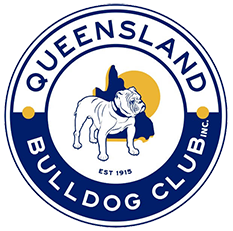BOAS Brachycephalic Obstructive Airway
Bulldogs belong to the group of dogs that are described as Brachycephalic. That is, they have a wider, shortened head with a foreshortened muzzle. Breeds that fall into this category can experience BOAS (Brachycephalic Obstructive Airways Syndrome) respiratory problems. These respiratory problems can also affect other breeds and crossbreeds particularly Brachycephalic crossbreeds and “designer” dogs. ANKC registered breeders are bound by the Code of Practice for Hereditary Diseases to reduce the incidence of hereditary disease by responsible breeding. This can be achieved by the use of recommended Health Testing.
The structure of the Brachycephalic skull means that the nasal tissue and soft palate can be compressed into a relatively smaller area, and this can lead to airway obstruction. Obstruction of the airways means affected dogs can struggle with normal, everyday activities. Exercising, eating, drinking and sleeping may be compromised.

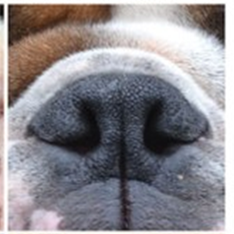
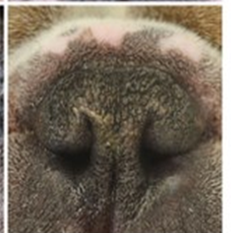
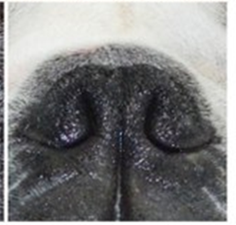
Four other abnormalities can contribute and compound the progression of BOAS and they are:
Stenotic Nares
Elongated Soft Palate
The soft palate is a muscular flap extending from the roof of the mouth. Its function is to seal the nasal passages when eating. The epiglottis sits in front of the larynx and seals the trachea when food is swallowed. When the soft palate is overly long it may extend much further back and partially obstruct the airflow into the larynx and trachea causing a loud rasping and sometimes gagging sound. On occasion dogs may have an episode of soft palate entrapment where the dog takes deep backward snorting breaths sometimes referred to as ‘backward or reverse sneezing’ and can be considered normal for Brachycephalic breeds if only occurring infrequently. With time an elongated soft palate presenting with the more extreme symptoms can become inflamed and thickened, the tonsils may also become inflamed and enlarged and these changes can lead to airway obstruction.
Hypoplastic Trachea
The trachea has a smaller diameter than it should be and restricts respiration. This is a rarer defect.
Everted Laryngeal Saccules
These saccules are membrane lined cavities on either side of the vocal cords. When everted they obstruct airflow through the laryngeal airway. They become everted because of the increased respiratory pressure due to one or more of the other defects listed.
Symptoms of BOAS
Most are obvious and will worsen with heat and/or stress due to exercise or anxiety.
- Loud snoring, asleep or awake. Noisy breathing.
- Excessive panting when hot, exercising or stressed.
- Heat stroke and collapse. As recovery following exercise or from heat can take longer, collapse and heat stroke can occur. Dogs can struggle to breathe and be unable to thermoregulate. This requires urgent veterinary attention. The dog’s gums and tongue will turn blue, and they may become unconscious, this can lead to death.
- Difficulties swallowing especially when exhibiting respiratory distress.
- Regurgitating or vomiting saliva, froth or food and water due to respiratory distress. Some dogs can develop hiatus hernias or ulcers due to the corrosive effect of stomach acid and repetitive regurgitation
Not all Bulldogs have BOAS. Many will have increased noise after exercise, but this is not the same as BOAS where the quality of life is affected. To ensure healthy dogs free from BOAS breeders need to ensure they select breeding stock that are free from symptoms and have the necessary characteristics such as large open nostrils, good necks, tracheal inlet scores that equal or exceed the breed average and that have been assessed through Exercise Tolerance Testing or RFGS (Respiratory Function Grading Scheme -The Kennel Club/University of Cambridge).
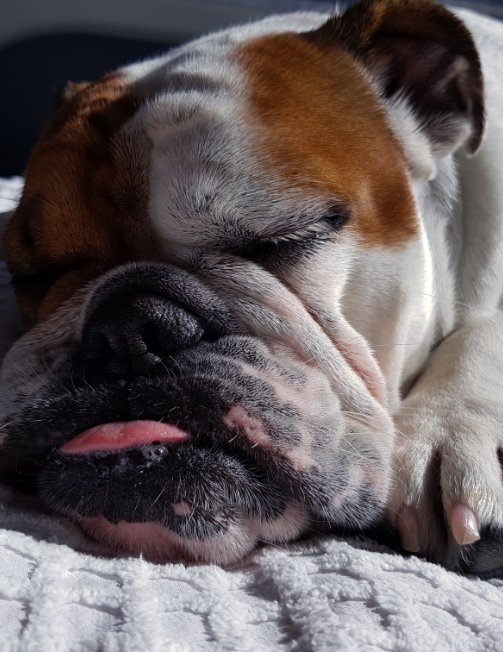
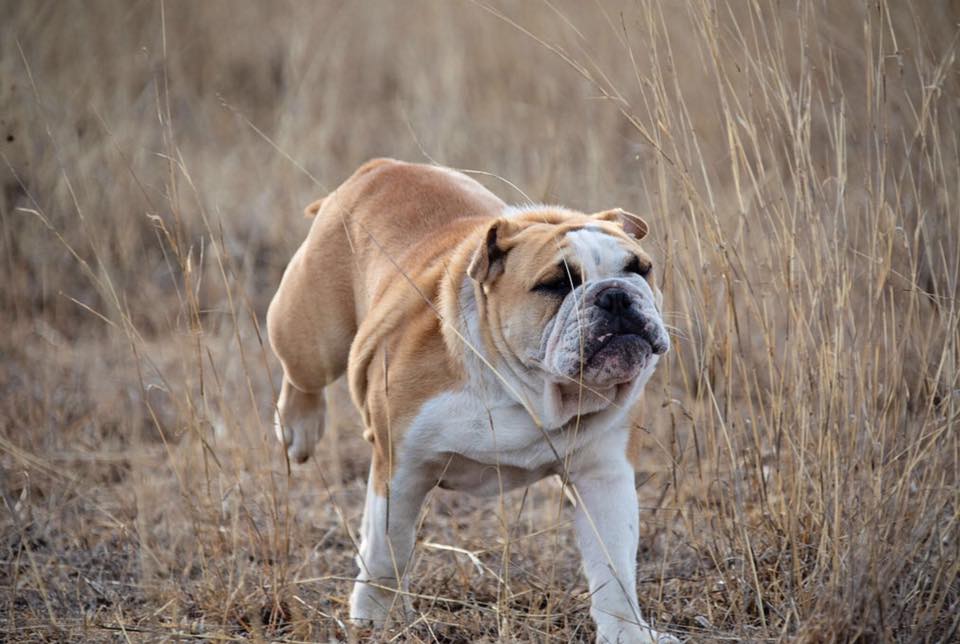
RFGS
This is a Scheme developed by Cambridge University that allows accredited veterinarians to assess and grade dogs following a standardised exercise test. The grading is used to select dogs suitable for breeding from and reduce the incidence of BOAS.
Dogs exhibiting symptoms consistent with BOAS should be assessed and examined by a vet. Depending on the frequency and severity of symptoms a vet can develop a management plan. Milder cases may be managed by simple measures such as avoiding exercise and overexcitement during warmer weather. Weight loss for overweight dogs. For more severe cases surgery may be required. This may consist of opening up the nostrils and/or resection of the soft palate, removal of tonsils if enlarged and saccules if everted.
